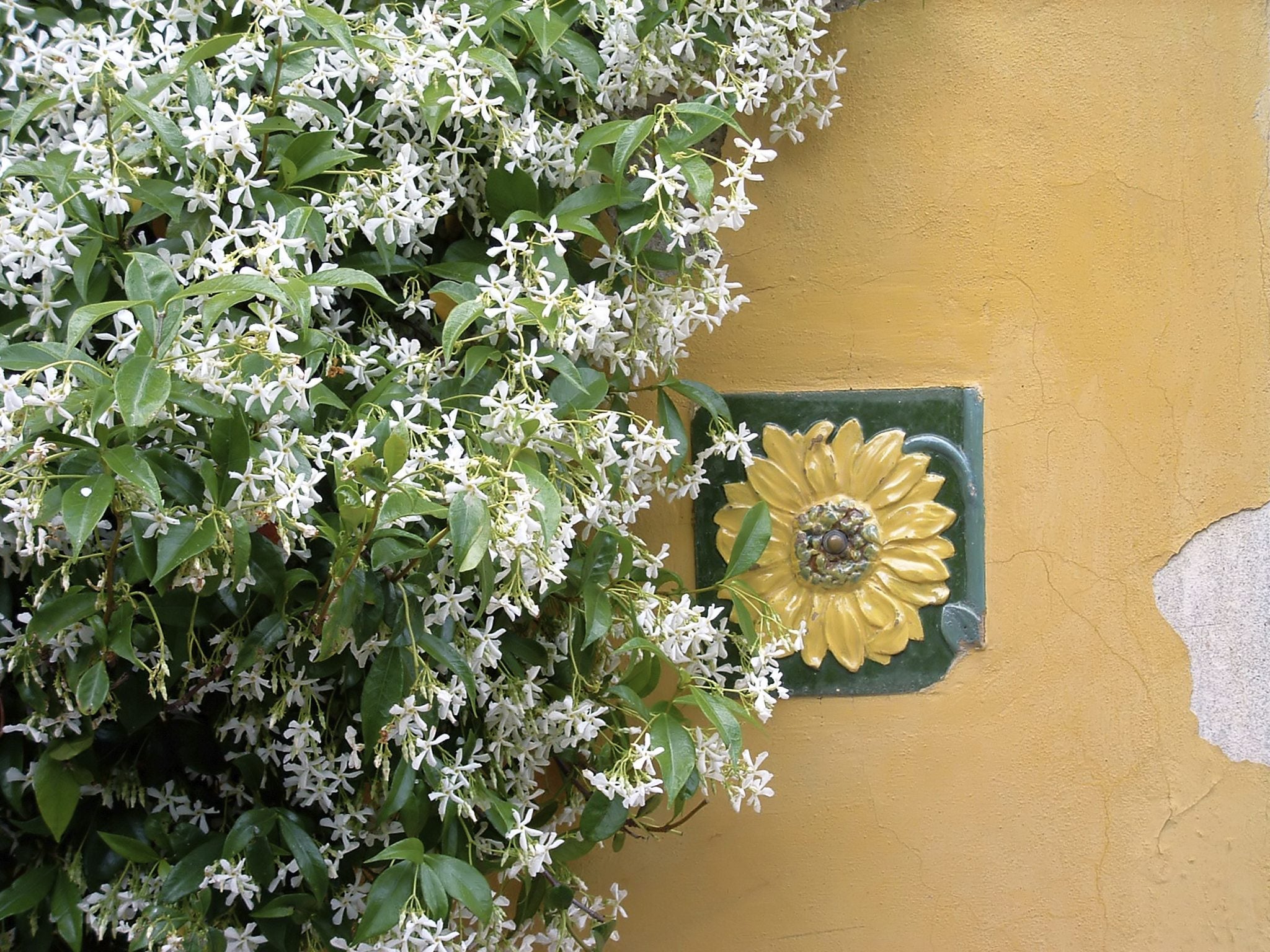Tips For Growing Exotic Flowering Vines
For a dramatic touch of beauty and fragrance, try growing an exotic flowering vine where it can climb and creep on a vertical support, like a trellis or fence.


Growing Flowering Vines
Flowering vines add color, character, and vertical interest to any garden. Growing flowering vines is not complicated and many types of vines are easy to grow. A gardener’s primary task is to keep a vine in its allotted spot in the garden, since some take over your garden if you let them. Read on for tips on how to grow flowering vines.
Vines can play many roles in the garden. They can add height, maximizing the vertical space within a garden. They can also serve as a privacy screen between your property and the neighbors, or simply cover an unsightly shed.
With all the types of vines available in commerce, one of the most daunting tasks facing a gardener is choosing the vine to plant. Whether you are choosing exotic vines for the garden or something more basic, you need to think through the purpose the vine will serve in your backyard.
Pick evergreen or deciduous vines depending on your needs. You’ll want to find out a vine’s mature size and its sun and soil needs to make sure a particular type of vine will work for you. Checking hardiness zones and humidity requirements is especially important if you like tropical flowering vines and are choosing exotic vines for the garden. Not every vine will grow in every setting.
How to Grow Flowering Vines
One important consideration in growing vines is whether they require a support to climb. This depends on the type of vine. Twining vines, like morning glory and jasmine, wrap around a support with their flexible stems. Clinging vines, like ivy, attach to surfaces with suckers and usually are not planted near wooden houses. Tendril vines twist thread-like tendrils around nearby objects. These types of vines, which include tropical flowering vines like clematis and sweet pea, generally only need to be directed toward a support.
On the other hand, vines like climbing roses have long stems that must be attached to a support to help them climb.
Match your vine to a location that offers the amount of sunlight and the type of soil the vine requires. Irrigate according to its needs. Too little water will stunt and eventually kill tropical flower vines, while too much can cause stress as well. Always water deeply, but allow the soil to dry out between watering sessions.
Sign up for the Gardening Know How newsletter today and receive a free copy of our e-book "How to Grow Delicious Tomatoes".
Prune your tropical flowering vines in late winter or early spring to keep them within the garden boundaries you have set for them. Cut back sections of vine that extend into nearby plantings, and be sure the vine is well-attached to its support.

Teo Spengler is a master gardener and a docent at the San Francisco Botanical Garden, where she hosts public tours. She has studied horticulture and written about nature, trees, plants, and gardening for more than two decades, following a career as an attorney and legal writer. Her extended family includes some 30 houseplants and hundreds of outdoor plants, including 250 trees, which are her main passion. Spengler currently splits her life between San Francisco and the French Basque Country, though she was raised in Alaska, giving her experience of gardening in a range of climates.